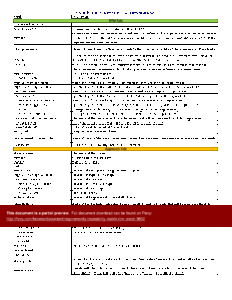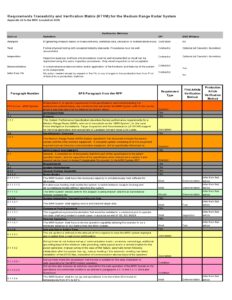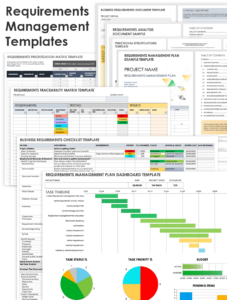A requirements management plan (RMP) is an essential document for any project that defines how requirements will be identified, analyzed, managed, and communicated throughout the project lifecycle. The RMP is a key component of the project management plan and should be developed early in the project planning process.
The PMBOK Guide defines the RMP as “the document that describes how requirements will be managed throughout the project lifecycle.” The RMP should include the following information:
Elements of a Requirements Management Plan
The elements of a requirements management plan (RMP) typically include:
- Purpose and scope of the RMP: This section should define the purpose of the RMP and the scope of the project to which it applies.
- Roles and responsibilities: This section should identify the roles and responsibilities of the individuals involved in requirements management.
- Requirements management process: This section should describe the process that will be used to identify, analyze, manage, and communicate requirements.
- Requirements traceability: This section should describe how requirements will be traced throughout the project lifecycle.
- Requirements change management: This section should describe the process that will be used to manage changes to requirements.
The RMP should be tailored to the specific needs of the project. It should be updated as the project progresses and as new information becomes available.
Benefits of Using a Requirements Management Plan
There are many benefits to using a requirements management plan, including:
- Improved communication between stakeholders
- Reduced risk of project failure
- Increased efficiency and productivity
- Improved quality of the final product or service
- Increased customer satisfaction
A well-written RMP is an essential tool for any project manager. By following the steps outlined in this article, you can create a RMP that will help you to successfully manage requirements and deliver a successful project.
Conclusion
A requirements management plan (RMP) is an essential tool for any project manager. By following the steps outlined in this article, you can create a RMP that will help you to successfully manage requirements and deliver a successful project. The RMP should be tailored to the specific needs of the project and updated as the project progresses.
There are many benefits to using a requirements management plan, including improved communication between stakeholders, reduced risk of project failure, increased efficiency and productivity, improved quality of the final product or service, and increased customer satisfaction.


